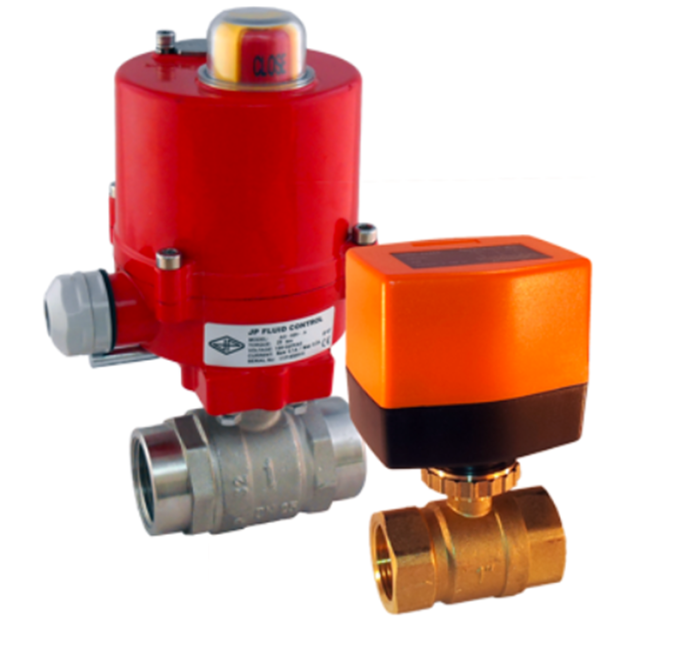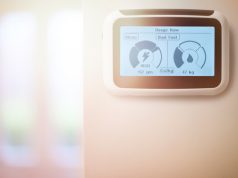Installing a central heating system can be a great way to keep your home or office warm and comfortable throughout the year, but it does have some drawbacks. This system can be very convenient because it allows you to set a single thermostat for your entire home. However, there are more efficient ways to control the temperatures of each room within your home. The sections below cover all you should know about central heating and the best alternative options.
What is Central Heating
Central heating is a system that heats your entire home with one thermostat rather than having a separate thermostat in each room. It uses a boiler to warm water and pump it through an insulated network of pipes in your home. The pipes are connected to radiators, which are responsible for warming up the air in the rooms. More often, the boiler also heats water for use in showers, sinks, and washing machines.
The thermostat tells the boiler when to turn on and off so that the temperature stays consistent throughout your home. If you turn up the thermostat because it feels too cold, more hot water will be sent out through the radiator pipes into your home’s rooms until they reach a comfortable temperature.
Whether looking for an efficient way to heat your home or upgrading an old heating system, you always want to install zone heating. Depending on how modern or old your existing home heating system is, you may need a complete overhaul or to replace a few parts.
Central Heating with Zone Valves
If you are to save money on your heating bills, you can create heating zones in your home, each with its own thermostat, instead of using a central heating system. With central heating, all the rooms in your home are heated simultaneously. The result is that you may be wasting energy by heating rooms that aren’t being used.
In contrast, if you install zoning systems in each room, only the rooms where people spend most of their time will be heated—and only when they need it. You’ll be able to adjust temperature settings and reduce heating costs while ensuring everyone stays comfortable.
Designing Your Zone Valve Heating System
When designing your zone valve heating system, you’ll need to consider everything from the number of zones you want to heat to the type and quality of appliances to use. The most important factors to prioritize are:
Zone Valve Type
There are different types of zone valves in the market, but an electrical ball valve is the most preferred option. That is because it’s durable, highly reliable, and consumes less power. It also comes with a slow-close mechanism that helps prevent water hammers. When the valve receives an appropriate signal, the motor rotates an internal ball with an orifice at a quarter turn, closing or opening the valve.
Valve Material
When choosing the valve material, you want to pick one that’s corrosive-resistant, durable, and can withstand high water pressure. Typically, the O-rings material should be EPDM, while the seal material should be Teflon or PTFE.
Zone Valve Location
When installing your zoned heating system, you can have the zone valves on the cold side of the zone circuit or the hot side, i.e., right after the boiler and pump. You should have the valve on the cold side to minimize potential heat damage, which could impact its lifetime.
Location of Thermostat
With a zoned heating system, each room or zone needs a thermostat. You want to install the thermostat away from an immediate heat source to avoid messing up the temperature reading. That means installing it away from the window, fridge, freezer, artificial light source, etc.
Water Pressure
The size of your building and the length of the heating pipes determines the size and rating of the circulation pump you choose. You also want to factor in the number of zones needed and the pressure drop due to the valve orifice. That way, you’ll ensure that water moves correctly from one zone to another.
Maintaining Your Zone Valves
Maintaining your zone valves is an important part of ensuring a comfortable home with a functioning heating system. Common problems with zone valves include overheating, burnt motor, and leakages. Regular maintenance is the key to preventing these issues from happening in the first place. If the zone valve becomes faulty and fails to function properly, you should call in an expert technician to come and fix the issue.
Choose the Right Zone Valve Today
The right zone valve can be the difference between a great and a terrible experience for your home. Even so, choosing the right product in the market can be tough. The above tips will help you pick a zone valve that meets your home heating needs.














